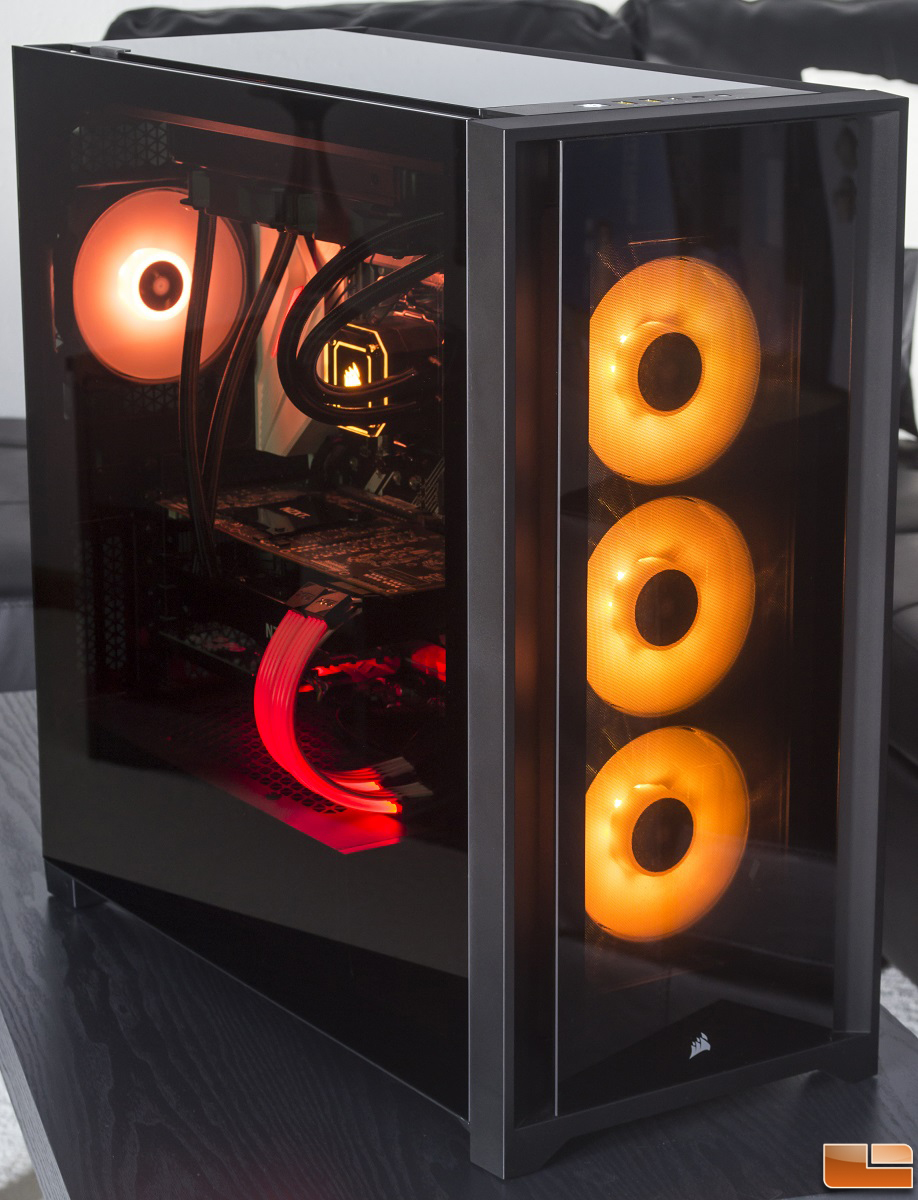My 2 cents:
I would go with a more airflow focused case, but that is a matter of preference. Case choice is partly based on esthetic/taste, so if some of them looks good to you just ask if it would do the job.
In addition, since Acerakis is not tech-savvy as per his own words, I believe he won't really benefit from the advantages of the X670E motherboard over the B650 (the TUF one also).
In the same vain, you need to ask yourself if there is a chance that you will upgrade this platform in the future, either yourself or through PCspecialist, and if you think that you are the kind of person willing to get among the most high-end, power-hungry stuff in the future.
If your answer to either of these questions is no, then I believe a 1200W PSU is massively oversized for your needs. In that case I would suggest 750 or 850W for more headroom.
I would go with a more airflow focused case, but that is a matter of preference. Case choice is partly based on esthetic/taste, so if some of them looks good to you just ask if it would do the job.
In addition, since Acerakis is not tech-savvy as per his own words, I believe he won't really benefit from the advantages of the X670E motherboard over the B650 (the TUF one also).
In the same vain, you need to ask yourself if there is a chance that you will upgrade this platform in the future, either yourself or through PCspecialist, and if you think that you are the kind of person willing to get among the most high-end, power-hungry stuff in the future.
If your answer to either of these questions is no, then I believe a 1200W PSU is massively oversized for your needs. In that case I would suggest 750 or 850W for more headroom.

